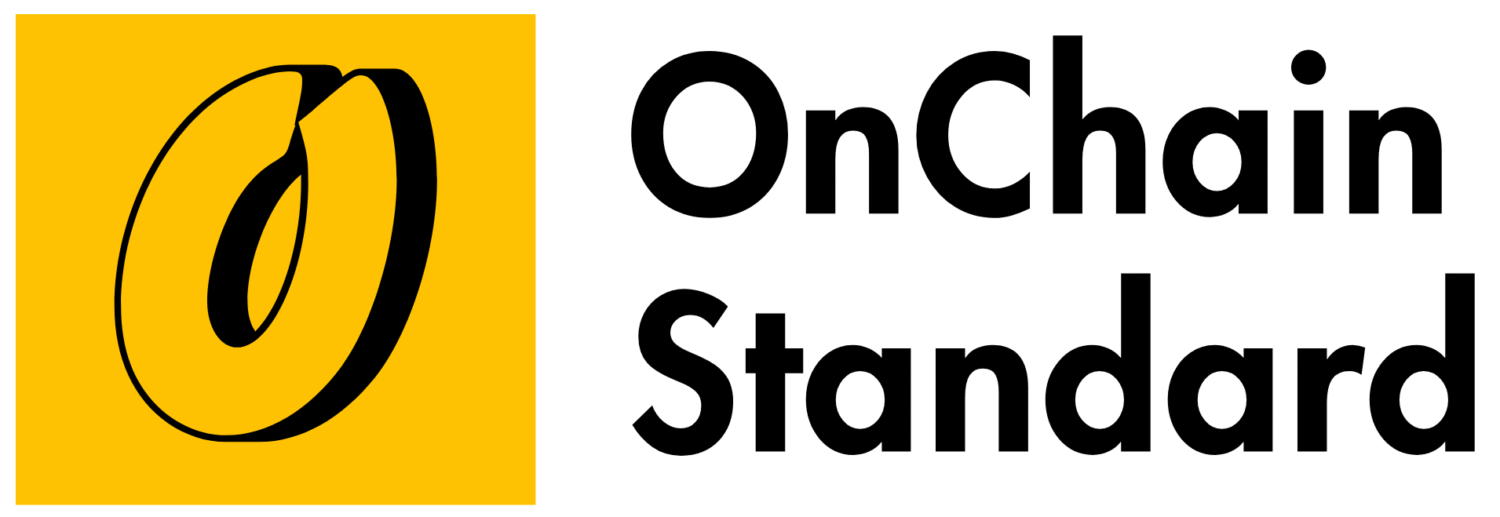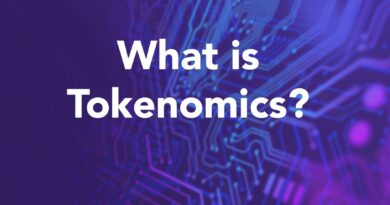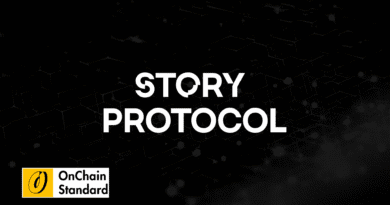How to Use CoinGecko & CoinMarketCap for Smart Crypto Investing
Introduction
In the fast-paced crypto market, valued at over $3 trillion in 2025, making informed investment decisions requires reliable data and tools. CoinGecko and CoinMarketCap are leading platforms that provide real-time cryptocurrency data, including prices, market caps, trading volumes, and more. These platforms empower investors to research projects, track portfolios, and identify opportunities while avoiding risks. This guide explains how to use CoinGecko and CoinMarketCap effectively for smart crypto investing, covering their features, differences, and practical strategies.
Overview of CoinGecko and CoinMarketCap
-
CoinGecko: Founded in 2014, CoinGecko is an independent data aggregator tracking over 17,660 cryptocurrencies across 207 exchanges. It emphasizes detailed metrics like developer activity, community engagement, and trust scores, making it ideal for in-depth research.
-
CoinMarketCap: Launched in 2013 and acquired by Binance in 2020, CoinMarketCap tracks thousands of crypto assets, offering user-friendly interfaces, educational content, and portfolio tools. It’s popular for its comprehensive market data and accessibility.
Both platforms provide real-time price tracking, market cap rankings, and exchange data, but their approaches differ slightly, offering complementary strengths for investors.
Step-by-Step Guide to Using CoinGecko and CoinMarketCap
1. Tracking Market Trends and Prices
Both platforms display real-time prices, market caps, and trading volumes, helping investors stay updated on market movements.
-
CoinGecko: Access the homepage to view top cryptocurrencies sorted by market cap, 24-hour price changes, or trading volume. Use filters to sort by 1-hour, 24-hour, or 7-day price changes to spot trending coins. The “Categories” tab groups assets by use case (e.g., DeFi, GameFi), helping identify sector-specific opportunities.
-
CoinMarketCap: The homepage lists top coins by market cap, with options to view trending coins, top gainers, and losers. Use the “Recently Added” section to discover new listings, which often signal early investment opportunities.
Tip: Compare Bitcoin’s dominance (62.7% in 2025) and Ethereum’s dominance (9.43%) on both platforms to gauge market sentiment. High Bitcoin dominance may indicate a risk-averse market, while altcoin surges suggest speculative trends.
2. Researching Tokenomics and Project Fundamentals
Understanding a project’s tokenomics and fundamentals is critical for assessing its long-term potential.
-
CoinGecko:
-
Visit a coin’s page to view its circulating supply, total supply, and max supply. For example, Bitcoin’s 20 million circulating supply and 21 million max supply indicate scarcity.
-
Check the “Developer Score” (based on code activity) and “Community Score” (based on social media engagement) to evaluate project activity.
-
Explore the “Info” section for links to official websites, whitepapers, and block explorers to verify project legitimacy.
-
Use the “Bubblemaps” feature (integrated in 2025) to visualize top holders and wallet relationships, identifying potential centralization risks.
-
-
CoinMarketCap:
-
Coin pages display circulating supply, total supply, and max supply, with verified listings indicating manual review by the team. Unverified listings require extra caution.
-
The “Historical Data” tab shows price trends over custom date ranges, helping assess volatility and past performance.
-
Review the “Project Info” section for details on use cases, team transparency, and partnerships.
-
Tip: Cross-check supply data on both platforms, as discrepancies can occur. For instance, CoinGecko uses total supply for market cap calculations, while CoinMarketCap uses circulating supply, which may lead to different valuations.
3. Building and Managing a Portfolio
Portfolio tracking helps monitor investments and calculate gains or losses.
-
CoinGecko:
-
Create a free account to access the portfolio tracker. Add coins manually or import transactions from exchanges via API (e.g., Binance, Coinbase).
-
Track performance across multiple portfolios (e.g., long-term holdings, meme coins) and simulate returns with fake transactions.
-
Set price alerts for tokens to react quickly to market movements.
-
-
CoinMarketCap:
-
The portfolio tool, accessible after creating a free account, allows users to input buy/sell transactions and track profit/loss percentages.
-
The “Statistics” tab shows total portfolio value, best/worst performers, and 24-hour price changes.
-
Unlike CoinGecko, CoinMarketCap’s portfolio syncs seamlessly between desktop and mobile without requiring a login for basic tracking.
-
Tip: Use CoinGecko for detailed portfolio customization and CoinMarketCap for quick, user-friendly tracking. Regularly update your portfolio to reflect new trades.
4. Spotting New Opportunities
Identifying promising projects early can yield significant returns.
-
CoinGecko:
-
Use the “Recently Added” and “Large Movers” tabs to find new listings and coins with significant price changes.
-
Filter by categories like Real World Assets or Layer-1 chains to discover niche projects with growth potential.
-
Check the “NFT” section for trending collections, floor prices, and trading volumes, useful for NFT investors.
-
-
CoinMarketCap:
-
Monitor the “Hottest DEX Pairs” and “Trending” sections to spot emerging tokens or trading pairs.
-
New listings on major exchanges (e.g., Binance, Coinbase) often appear first on CoinMarketCap, signaling credibility and liquidity.
-
Tip: Verify new projects using tools like Token Sniffer or Honeypot Detector, accessible via links on both platforms, to avoid scams.
5. Analyzing Exchanges and Liquidity
Choosing reliable exchanges with high liquidity is crucial for trading.
-
CoinGecko:
-
The “Exchanges” section ranks platforms by trust score, 24-hour trading volume, and liquidity. Binance, Bybit, and Bitget are top exchanges in 2025, with $102 billion in daily volume.
-
Check a coin’s page for a list of trading pairs and exchanges, prioritizing those with high liquidity to minimize slippage.
-
-
CoinMarketCap:
-
The “Markets” tab on a coin’s page lists exchanges and trading pairs, with data on 24-hour volume and price.
-
Verify exchange credibility by checking if it’s tracked (meets API and volume standards) or untracked (higher risk).
-
Tip: Prefer exchanges with high trust scores on CoinGecko or verified status on CoinMarketCap to reduce risks of fraud or low liquidity.
6. Leveraging Advanced Features
Both platforms offer advanced tools for seasoned investors.
-
CoinGecko:
-
Use the API to import live or historical price data into spreadsheets for custom analysis (e.g., Google Sheets templates).
-
Explore quarterly reports for insights into market trends, such as the rise of Layer-2 solutions or DeFi growth.
-
The “Key Stats” feature compares category performance (e.g., Polkadot Ecosystem) against the overall market.
-
-
CoinMarketCap:
-
Access the crypto learning center for educational content on tokenomics, market cap, and volatility.
-
Use the API for real-time price tracking, adopted by major exchanges and institutions.
-
Monitor “Trending” and “Most Searched” sections to gauge social sentiment and investor interest.
-
Tip: Combine CoinGecko’s developer and community metrics with CoinMarketCap’s educational resources for a well-rounded analysis.
Key Differences and When to Use Each Platform
-
CoinGecko:
-
Strengths: Independent, detailed metrics (Developer Score, Trust Score), NFT data, and early-stage project listings.
-
Best For: Investors seeking in-depth research, DeFi/NFT insights, or distrustful of Binance’s influence on CoinMarketCap.
-
Drawbacks: Requires login for watchlists, and mobile app updates may lag on some devices.
-
-
CoinMarketCap:
-
Strengths: User-friendly, extensive educational content, seamless portfolio syncing, and broader exchange coverage.
-
Best For: Beginners, casual investors, or those prioritizing real-time price notifications and simplicity.
-
Drawbacks: Binance ownership raises concerns about data impartiality, and some token information may be outdated.
-
Tip: Use CoinGecko for due diligence on new projects and CoinMarketCap for quick market overviews and portfolio tracking.
Practical Strategies for Smart Investing
-
Diversify Across Categories: Use CoinGecko’s category filters to allocate investments across Layer-1 chains, DeFi, and NFTs to spread risk.
-
Monitor Liquidity: Check trading volumes on both platforms to ensure you can buy/sell without significant price impact. Low liquidity tokens are riskier.
-
Assess Tokenomics: Compare circulating supply vs. total supply to identify dilution risks. A low circulating supply relative to total supply (e.g., 10%) may indicate future price pressure.
-
Stay Ahead of Trends: Track new listings and trending categories on both platforms to catch early opportunities, but verify projects with external tools.
-
Manage Risk: Set price alerts on CoinGecko and use CoinMarketCap’s portfolio tracker to monitor gains/losses, avoiding emotional decisions during volatility.
Challenges and Considerations
-
Data Accuracy: Both platforms may report inaccurate circulating supply data. Cross-check with official project websites or block explorers.
-
Scams and Risks: Unverified listings on CoinMarketCap or early-stage projects on CoinGecko may be scams. Use verification tools like Token Sniffer.
-
Market Volatility: Rapid price swings, common in crypto, require regular monitoring via both platforms to time trades effectively.
-
Platform Bias: CoinMarketCap’s Binance ownership may influence data presentation, while CoinGecko’s independence doesn’t guarantee error-free data.
Conclusion
CoinGecko and CoinMarketCap are indispensable tools for smart crypto investing in 2025, offering real-time data, portfolio tracking, and market insights. CoinGecko excels in detailed metrics and independence, making it ideal for in-depth research, while CoinMarketCap’s user-friendly interface and educational content suit beginners and casual investors. By leveraging their features—price tracking, tokenomics analysis, portfolio management, and trend spotting—investors can make informed decisions, minimize risks, and capitalize on opportunities in the dynamic crypto market.



